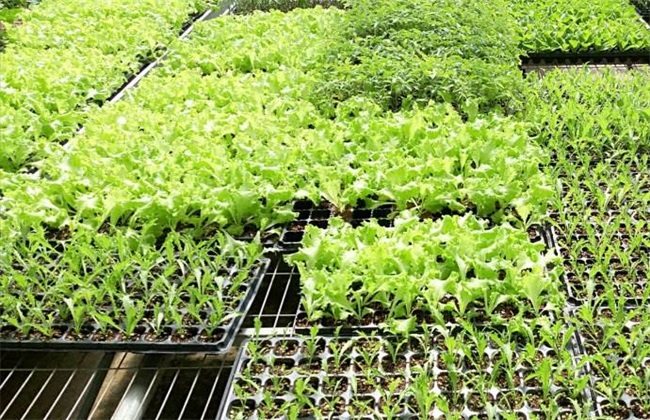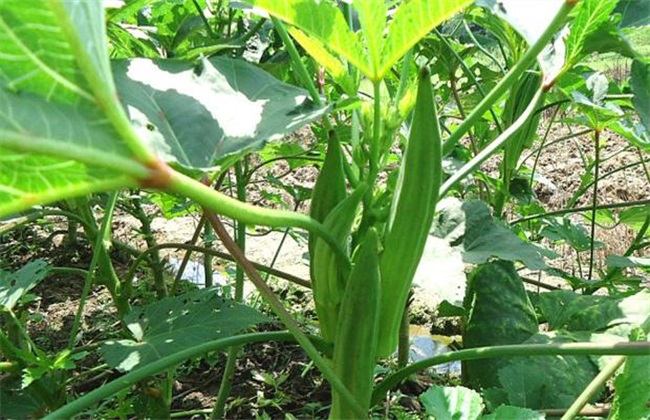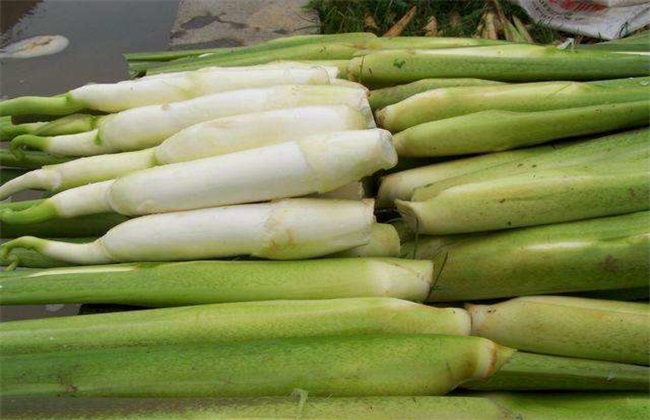Seedling raising technique of bitter chrysanthemum
Bitter chrysanthemum is a kind of perennial wild vegetable in Nanjing area. it is an one-to two-year plant of Compositae with bitter taste, but it can clear heat and detoxification and has certain medicinal properties, so it is deeply loved by all kinds of people, so it is of good value to be cultivated artificially. It is necessary to sow and raise seedlings first, which is an important link in planting. So now I would like to introduce to you the breeding method of planting bitter chrysanthemum.

I. selection of species
Seeds should be selected and purchased before planting bitter chrysanthemum. Seeds are generally selected with good genetic characters, strong resistance and strong adaptability, and the quality is an excellent variety needed by the market, such as Dutch Tianxiang, which has few diseases and insect pests, drought tolerance, cold tolerance and heat tolerance. Is a suitable cultivated variety.
II. Land selection and preparation
Stay away from other similar planting areas to avoid the spread of diseases. Then the land should be flat, but higher than the rice field, it is best not to plant in the field. Relatively low-lying, easy to accumulate water. If the soil is deep, loose, breathable and fat-preserving sandy loam. To make a seedbed, first turn the soil deeply, and then dry the soil for a week, then apply basic fertilizer, rotary tillage together, and mix the soil. It can be artificially made into a ridge surface with a width of 1.3 meters, unlimited length and a height of 5 centimeters. Put the spray on the surface for 3 days and sow the seeds.
Third, sowing seeds
The seeds can be sterilized in the sun before sowing, and the seeds can be soaked in warm water of 50 degrees first, but keep stirring and take out after 10 minutes. Soak in warm water of about 30 degrees for a day or two, then drain, wrap it in a clean wet cloth, and put it in an incubator to accelerate germination. Keep the temperature at 20 to 25 degrees. Generally, the seeds will sprout in one day and one night. Rinse the seeds once a day to avoid mucus adhesion and rotten seeds. Sow seeds in small holes on the ridge surface, one hole is about 3 cm deep and 5 cm wide, and then the interval between the holes is about 2 cm, and each hole sows one or two seeds. Cover the soil about 1 cm, can also cover the culture substrate, spray water after covering, must be fully sprayed.
IV. Seedling stage
After emergence, after about 70% of the seedlings are unearthed, we should begin to check to see if some of the seeds are rotten, and if they do not emerge, we can reseed those that do not emerge. Those who have already emerged should first be checked for diseases and insect pests, some should be pulled out, and fungicides and pesticides should be used. In addition, more fertilizer and water should be applied to weak seedlings to promote growth balance. You can build a sunshade net on the seedbed to protect the seedlings, or start applying nitrogen fertilizer and water to replenish nutrients when two leaves grow. The growth humidity needs to be kept moist all the time, and the temperature should be kept between 16 and 25 degrees.
The main points of planting and raising seedlings of bitter chrysanthemum are the above major directions, among which there are more detailed things to pay attention to. Therefore, this article can be used for reference, and then combined with their own experience to better complete the work of sowing and breeding of bitter chrysanthemum.
Related
- Where is it suitable to grow horseradish in China? it is expected to see the middle altitude horseradish in Alishan.
- How to prevent tomato virus disease reasonably? (Control methods included)
- Many people like to plant towel gourd on the balcony. What are the main points of this method and management?
- What crops can chili peppers be mixed with?
- Fertilization techniques and matters needing attention in Tomato
- What are the grafting techniques for peach seedlings in spring?
- Harm and control methods of root swelling disease of Chinese cabbage
- What are the pests of sweet potatoes? How to prevent and cure it?
- Symptoms, causes and Control methods of navel Rot in Tomato
- The cause of "Cucumber rotten bibcock" in Farmers' planting Cucumber and its Control Plan



